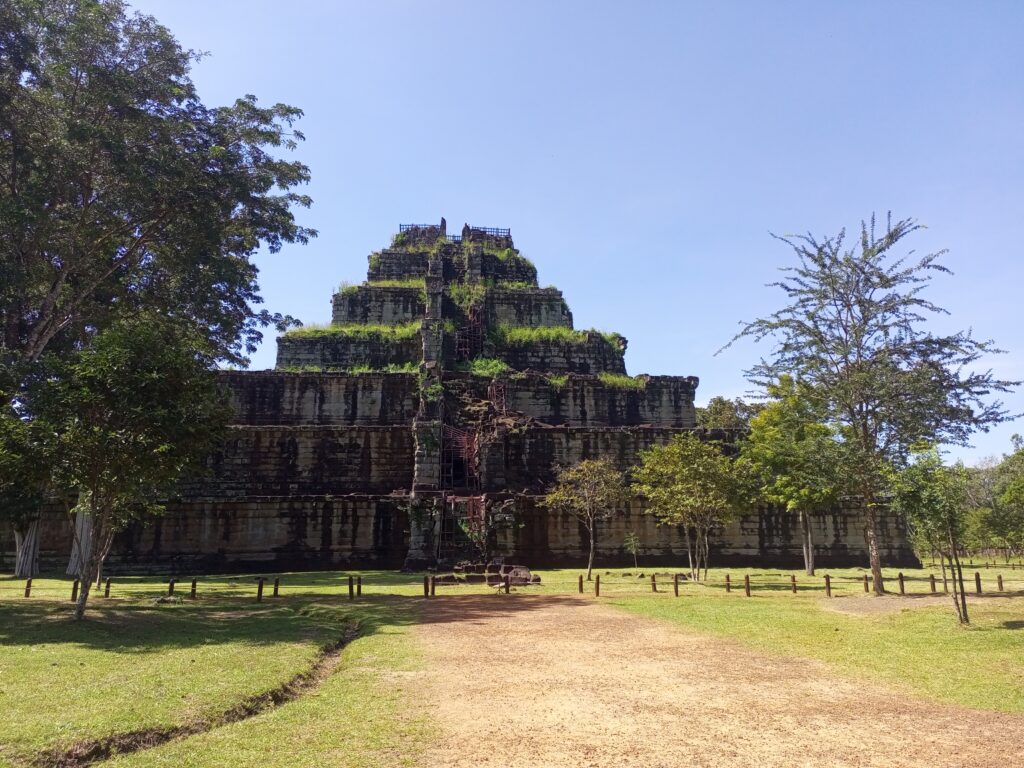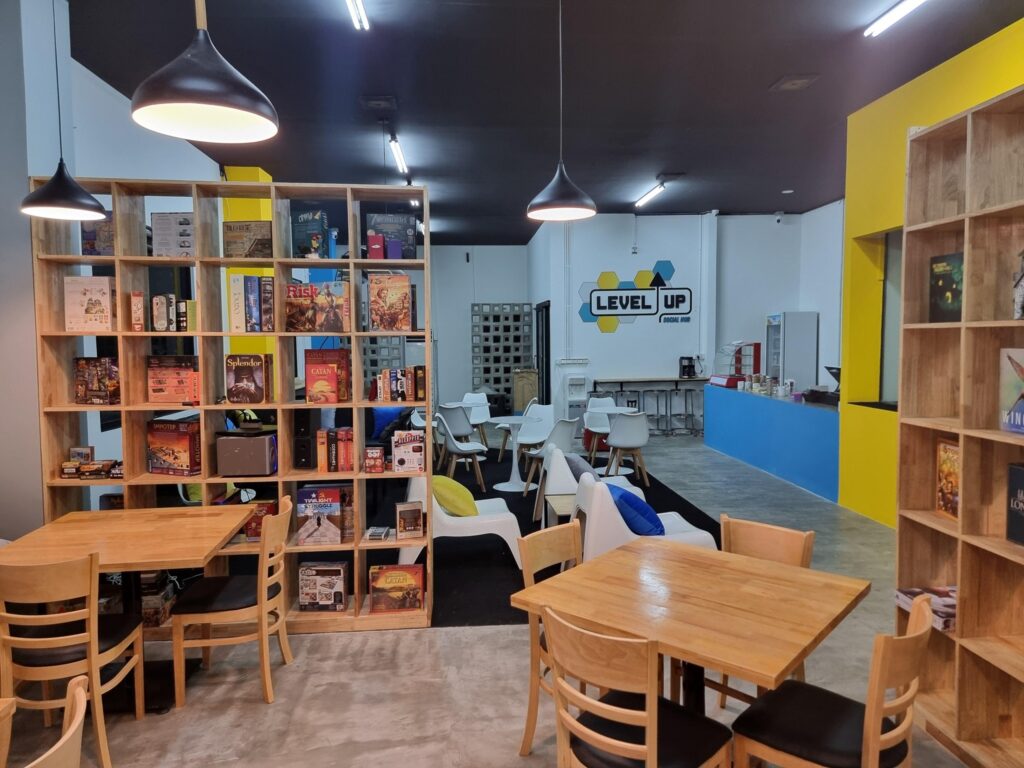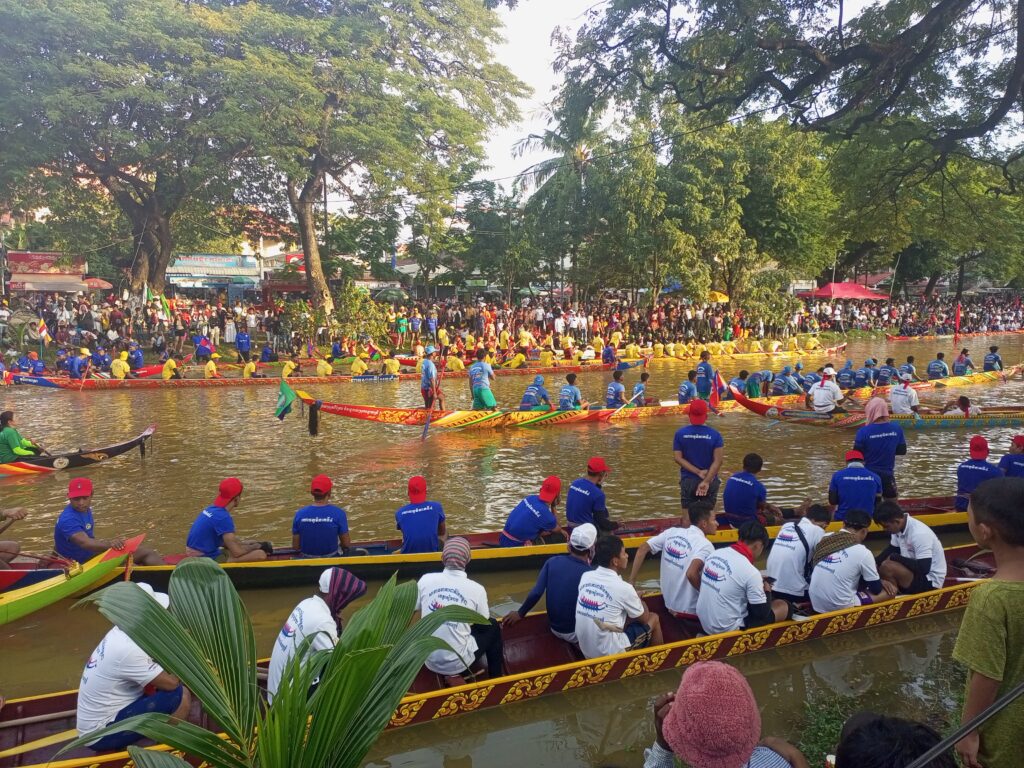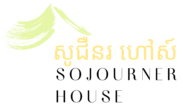Why Siem Reap should be your top digital nomad destination for 2025
The best part of being a digital nomad is having the freedom to work from incredible places around the world – but this same freedom often raises the question, “Where next?”
Finding the perfect place to work remotely isn’t easy. You need to consider factors like cost of living, visa requirements, and crucially, the internet connection.
Siem Reap, Cambodia might not be the first place that comes to mind.
SPOILER: To anyone wondering if Siem Reap is good for digital nomads, the answer is a resounding “Yes!” – but if you need more of an answer than that, keep reading!
Siem Reap offers a unique blend of ancient history and modern conveniences. Its rich culture is still part of everyday life, coexisting alongside coworking spaces, diverse restaurants, and a thriving nightlife.
You won’t be shoulder to shoulder with other digital nomads like you are in Bali and Chiang Mai, but you’ll be part of a close-knit, growing nomad community in a fascinating city.
Here are 3 reasons why Siem Reap should be your next digital nomad destination:
1. Siem Reap offers a treasure trove of experiences
Siem Reap is Cambodia’s cultural center, home to the awe-inspiring Angkor Wat temple complex – you’ve probably seen it on Instagram, or in the 2001 movie, Tomb Raider.
Most visitors only stay long enough to snap a few photos and enjoy a night on Pub Street. But those who make Siem Reap their base have time to explore its hidden gems.
- Endless archaeological sites: Many people don’t realize how many ancient sites surround Siem Reap. While Angkor Wat pulls in the crowds, there are over 1,000 temples dating back to the 9th century in the area. Visiting these lesser-visited archaeological sites, such as Koh Ker temple and the Srah Damrei statues makes you feel like you’re the first to find them after thousands of years.
- Traditional wooden houses: Although Siem Reap is less developed than the capital Phnom Penh and Bangkok, most city center buildings are modern. But when you wander quieter streets, you’ll come across a handful of traditional wooden houses. Some, like Theam’s Gallery and Asana Old Wooden House, are open to the public and offer a glimpse into Khmer family homes of the past.
- Experience Cambodia’s many festivals: The Cambodian calendar is packed with cultural holidays that celebrate everything from local harvests to religious events. The biggest are Cambodian New Year, during which the whole country turns into a giant water fight, and the Water Festival, which is ironically less wet but just as exciting. The dates of many festivals change each year, but when you’re here for a while you’ll be sure to catch them.
- Participate in local life: It won’t be long before you have opportunities to engage with local life – I received my first wedding invite after just a month in Cambodia! Of course Apsara dancing is mesmerizingly elegant, I’d never argue against that, but at a Cambodian wedding, you get to join in the dancing! Experiences like this are unique to Cambodia and provide some of the most authentic travel moments.
Looking for more to do during your time off? Check out our Top 10 Attractions in Siem Reap.

Image: Koh Ker temple
2. Siem Reap has everything digital nomads need
Siem Reap has a lot to offer digital nomads:
It has excellent, affordable housing options
Being in a foreign country can make accommodation factors like security, cost, facilities, and rental agreements more important and trickier to navigate. Thankfully, finding accommodation in Siem Reap is surprisingly straightforward.
There’s a variety of accommodation to suit all budgets and preferences.
- Rooms and Studios: Many hotels offer rooms by the month. These typically include cleaning and have a mini fridge and kettle, but don’t usually have cooking facilities. Some studio apartments have basic cooking facilities but don’t have the hotel facilities. You can find simple studios from around $80 per month and hotel rooms from around $200.
- Apartments: Apartments in Siem Reap range from compact one-bedroom units to luxurious penthouses . Most come either fully or partly furnished and include modern amenities like TVs, refrigerators, and air-conditioning. Prices for modest apartments start from around $150 and reach $1,000 or more for high-end places with premium features.
- Small houses: If you want a bit more space, or a private garden, it’s just as easy to rent a small house. Most are a little out of town, but still within a ten-minute drive or cycle from the center. Monthly rents for 1-2 bedroom houses start around $150 per month.
- Villas: Larger houses and villas with 3+ bedrooms range from $400 to $1,500+ per month depending on the size, location, and amenities. The most expensive come with pools, gardens, and luxury interiors.
Deposits are low (and not always needed)
If you rent an apartment, house, or villa, you’ll usually need to pay a deposit. This is typically equal to one month’s rent, but can equal up to three months’ rent for more luxurious or larger properties. In some cases – when renting rooms and studios or with less formal agreements – deposits aren’t required at all.
Locals are used to renting to foreigners
Siem Reap property owners are well-accustomed to foreign tenants, and often prefer renting to them. There are also many agencies and independent property agents who specialize in helping foreigners find rental accommodation.
Home services are cheap
Hotel rooms and some apartments will come with cleaning services, security, and maintenance, but it’s easy and inexpensive to arrange these services yourself. 2-3 hours cleaning once per week will cost around $30-40 per month. Most apartments and houses come with a washing machine, but you can have your laundry done for $1.50 per kg or less.
Many people find renting in Siem Reap much easier than in their home country, and with its range of affordable properties and home services, you can live as simply or as comfortably as you like.
It’s easy to stay connected
The availability and quality of internet services in Cambodia is better than many places in the west. Mobile data is cheap and providers offer freebies like unlimited use of popular social media and bonus data.
If your place doesn’t come with wifi, or you need a private connection, there are numerous companies you can call who’ll have home wifi installed within days – often the same day. Competition between companies is tough, so you can get great speeds and deals like buy 3 months of internet and get the 4th month free.
Most cafes, bars, and restaurants in Siem Reap have free wifi, and there are a handful of dedicated workspaces in the city.
- Level Up: Level Up is a co-working space/games cafe in the Wat Damnak area of Siem Reap. It has an open space work/gaming area and private spaces available. If none of Level Ups snacks tempt you, it’s conveniently located above a popular restaurant.
- WeMe: Situated on the riverside about 500m from the Old Market, WeMe is a co-working space that offers monthly and drop-in rates. It offers Khmer language classes and is open from noon until 8pm Monday – Saturday.
- Siem Reap House: Located just off Sok San Road, Siem Reap House is within one of the city’s newest and most modern residential and commercial spaces. The coworking space offers hotdesks on daily, weekly, monthly plans and has an auditorium, lecture halls, and meeting rooms available for rent.

Image: Level Up
It’s incredibly safe
According to Travel Safe, Siem Reap is one of the safest cities in South East Asia and it’s rated safer than San Francisco, Manchester, and Cairns. If you’ve heard of thefts in Cambodia, nine times out of ten they happen in Phnom Penh.
While you need to take the same precautions as you would in any other city, especially at night, crimes like bag snatchings and phone theft are rare in Siem Reap.
It’s easy to get around
Getting around Siem Reap has never been easier or faster. There are transport options for everyone and every occasion:
- Bicycle: Cycling is a popular method of transport for locals and foreigners. The traffic is manageable and drivers are used to having cyclists on the road. Cycling is great for getting out of town and a fantastic way to explore the temples – there are plenty of trees along the routes that provide shade, making it a comfortable journey.
- PassApp and Grab: These are the Ubers of Cambodia. You order rides via the app and can choose between compact Indian-style tuk tuks, Cambodian remorks, regular cars, or higher-end vehicles. The app determines the price and all journeys are logged. Rides start at 3,000 riels ($0.75) for an Indian-style tuk tuk.
- Remork tuk-tuks: These are the Cambodian tuk tuks – a covered wooden carriage with two wheels that’s pulled behind a motorbike. You can order these via PassApp and Grab, but most pick passengers up from the street and negotiate a price. If you’re going to the temples, lotus fields or on other trips out of town, a remork is the way to go.
- Motorbikes and scooters: Buying or renting your own motorbike or scooter gives you the freedom to explore Siem Reap and its surroundings at your own pace. Second hand semi-automatic 125cc bikes are around $400, often less, and gas is cheap. Driving in Cambodia is unlike anywhere else, so if you take this route, make sure to wear a high-quality helmet and exercise extra caution.
- Car: Rental cars aren’t really a thing in Cambodia. People either buy their own or hire a car and driver. Driving a car in Siem Reap is only recommended when you’ve been there a while, but hiring a driver is easy. A private car and driver is ideal for longer journeys when you don’t want to fly or take the bus, and for group trips that are too far for tuk tuks. Prices are reasonable and usually negotiable.
Siem Reap is self-care central
According to PhotoAiD, about 77% of digital nomads have experienced burnout, so it’s a good thing that Siem Reap has self-care options in abundance.
Your options for keeping fit range from bare-bones gyms to high-end fitness centers with the latest equipment, saunas, and certified personal trainers on standby. In between are endless yoga studios, martial arts studios, climbing gyms, and a variety of fitness classes.
Siem Reap is a foodie’s dream. Apps like Nham24 and FoodPanda deliver meals to your door in no time. Vegetarian, vegan, gluten free and other diets are all catered to whether eating out or cooking at home. Local markets are great for fresh produce, and Angkor Supermarket is the place to go to stock up on international food and ingredients – if you’re in the mood for Frank’s Hot Sauce, Yorkshire Tea, or Vegemite they have you covered!
Sometimes you just need a good massage, and Siem Reap has you sorted for that too. You can spend hours being pampered with traditional Khmer massages, body scrubs, and more for around $30. There are also salons offering manicures, pedicures, hairstyling, brows, and skin treatments, all at affordable prices.
3. Siem Reap people are the best
What really makes Siem Reap such a great place to live are its people. Most Cambodians are genuinely happy to have people visit and I’d say that even more true of Siem Reap locals. The effects of Covid-19 hit tourism hard and the city is still bouncing back.
Khmer people love a party and with the many local holidays, there’s almost always something to celebrate. When there’s not, there’s always karaoke – don’t be surprised if you’re offered a red plastic chair at a roadside gathering, and handed a beer and microphone!
You’ll also find that people go out of their way to help and expect nothing in return.

Image: Siem Reap Water Festival 2023
The expat and nomad community in Siem Reap is something special too. There are many long-term expats who’ve made the city their permanent homes and started businesses. The revolving door of short-term travelers and people here for a few months means you’ll always meet new faces.
In short, Siem Reap is the perfect place to park your laptop and work, explore, and connect for a few weeks, or a few years. It doesn’t have the traffic and crowds of Bali, and you don’t have to worry about burning season like you do in Chiang Mai. Siem Reap is only just stepping onto the digital nomad map, but it’s set to be a top choice for digital nomads in search of a unique and affordable place to live and work.
Get settled in Siem Reap with Sojourner House!
If you’re considering Siem Reap as your next digital nomad base, be sure to check out Sojourner House. Run by a former digital nomad who’s lived in Cambodia for 10+ years, it’s a great place to call home while you settle in Siem Reap, or stop by for a drink and get some advice.
Sojourner House hosts a variety of social events that aim to bring people together. Regular events include networking, movie nights, Cards Against Humanity, comedy, and murder-mystery style tuk-tuk races.
Find Sojourner House just outside the city center, ideally located for uninterrupted work, but close enough to enjoy the temples and evenings out.

FAQs
Is Siem Reap safe at night?
Siem Reap is one of the safest cities in SouthEast Asia, but like in all cities, you should take basic precautions to stay safe. For example, stick to well-lit areas and use trusted transport options after dark.
Is Cambodia good for digital nomads?
Cambodia is a good destination for digital nomads because it offers an affordable cost of living, rich culture, warm weather, and a welcoming community. Siem Reap is becoming more popular with digital nomads due to its unique blend of history and modern conveniences.
Is it better to live in Siem Reap or Phnom Penh?
It depends! Phnom Penh offers more work opportunities and a larger expat community, whereas Siem Reap provides a more laid-back lifestyle and easier access to nature and cultural landmarks.
